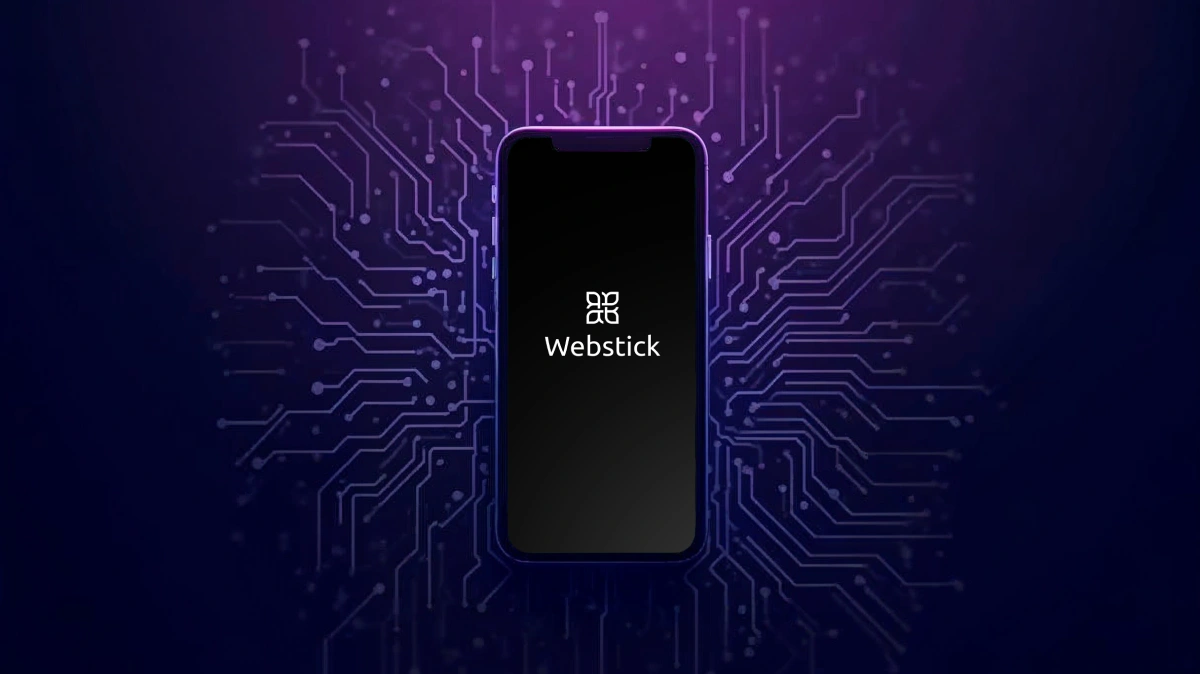
In 2025, mobile app development remains one of the most sought-after services for businesses, startups, and entrepreneurs aiming to expand their digital presence. The growing popularity of smartphones, increasing mobile traffic, and innovative technologies like artificial intelligence and augmented reality make mobile apps a key tool for engaging customers. However, one of the primary questions on everyone’s mind when planning to create an app is: how much does mobile app development cost? In this article, we will dive deep into the market realities of 2025, exploring the factors influencing costs, development stages, and ways to optimize expenses.
Why Mobile App Development Is Relevant in 2025
Mobile apps have long evolved beyond being just convenient tools—they have become integral to business strategies. According to analysts, the global mobile app market is projected to reach $600 billion in 2025, with app downloads surpassing 300 billion. This indicates a growing demand for high-quality mobile products and intensifying market competition.
Key reasons for the relevance of mobile app development:
- Rising mobile traffic: Over 60% of internet traffic comes from mobile devices.
- User convenience: Customers prefer apps for quick access to services and personalized experiences.
- Innovative technologies: Integration of artificial intelligence, augmented reality, and IoT opens new possibilities for creating unique products.
- Monetization: Apps enable businesses to generate revenue through in-app purchases, subscriptions, or advertising.
However, building an app is a complex and multifaceted process influenced by numerous factors. Let’s break down what determines the cost of mobile app development in 2025.
Factors Influencing the Cost of Mobile App Development
The cost of creating a mobile app can range from a few thousand to hundreds of thousands of dollars, depending on several factors outlined below.
1. App Type and Complexity
The type of app is a critical factor in determining its cost. Apps can be categorized by complexity:
- Simple apps ($3,000–$15,000): These include apps with basic functionality, such as business card apps, calculators, or informational apps. They feature a limited number of screens and minimal API integrations.
- Medium-complexity apps ($15,000–$50,000): This category includes e-commerce apps, delivery services, or personal account apps. Features like user authentication, product catalogs, payment systems, and order history are common.
- Complex apps ($50,000–$200,000+): These are advanced products like social networks, marketplaces, or apps with machine learning or augmented reality.
The more features and complex algorithms required, the higher the cost.
2. Platform: iOS, Android, or Cross-Platform
The choice of platform significantly impacts the cost of mobile app development. There are three main approaches:
Native development:
iOS: Uses Swift or Objective-C. iOS development is typically more expensive due to Apple’s strict quality requirements and costly hardware for developers.
Android: Uses Java or Kotlin. Android development can be cheaper but requires testing across various devices due to market fragmentation.
Developing natively for both platforms (iOS + Android) generally doubles the cost compared to a single platform.
Cross-platform development:
Frameworks like Flutter (Dart) or React Native allow apps to run on both platforms, reducing costs by 30–40% compared to native development.
However, cross-platform solutions may have limitations for complex, high-performance apps.
In 2025, experts note that the cost gap between iOS and Android development is narrowing due to unified tools and standards.
3. Design and User Interface
Mobile app design is not just about aesthetics—it’s a key factor in user engagement. Design costs depend on:
- Complexity level: Simple designs using ready-made templates are cheaper than custom interfaces with animations.
- Number of screens: More screens require more design time.
- Trend integration: In 2025, minimalistic designs, dark themes, and interactive elements with micro-animations are trending.
The average cost of design ranges from $2,000 to $15,000, depending on complexity.
4. Development Team and Their Location
The hourly rate of developers varies based on their experience and location. For example:
- USA and Australia: $50–$150 per hour.
- Western Europe: $30–$80 per hour.
- Ukraine: $20–$50 per hour, making Ukrainian developers an attractive choice due to high quality and affordable rates.
A typical development team includes:
- A project manager.
- A UI/UX designer.
- Developers (frontend and backend).
- QA testers.
5. Integrations and Additional Features
Additional features significantly increase the cost of mobile app development. Examples include:
- Payment system integration (Stripe, PayPal): $1,000–$5,000.
- Geolocation and GPS: $1,000–$3,000.
- Chats and push notifications: $2,000+.
- Augmented reality (AR): $10,000–$50,000.
- Artificial intelligence and machine learning: $20,000+.
6. Maintenance and Updates
Mobile app development doesn’t end after launch. Ongoing technical support, updates, and bug fixes are essential for stable performance. Maintenance costs typically account for 15–20% of the initial project cost annually.
Stages of Mobile App Development and Their Impact on Cost
Mobile app development is a multi-stage process, with each stage contributing to the overall cost. Let’s explore the key stages:
1. Research and Planning (Discovery Stage)
At this stage, the team:
- Analyzes the target audience and market.
- Defines the app’s core idea and functionality.
- Creates a technical specification.
Duration: 1–4 weeks.
Cost: $1,000–$5,000.
2. Prototyping and Design
A prototype is created to model all screens, navigation, and interactions. Once approved, the designer develops the UI/UX.
Duration: 2–8 weeks.
Cost: $2,000–$15,000.
3. Development
This is the longest and most expensive stage, encompassing:
- Frontend development (client-side).
- Backend development (server-side, APIs).
- Integration with external services.
Duration: 2–12 months, depending on complexity.
Cost: $10,000–$150,000+.
4. Testing
Testers check the app for bugs, compatibility across devices, and security.
Duration: 2–6 weeks.
Cost: $2,000–$10,000.
5. Publishing and Support
After testing, the app is published on Google Play or the App Store. Publishing on the App Store costs $99 per year, while Google Play requires a one-time $25 fee.
Duration: 1–2 weeks.
Cost: $500–$2,000 + ongoing support costs.
How Much Does Mobile App Development Cost in Ukraine in 2025?
Ukraine remains one of the most attractive markets for mobile app development due to its combination of high quality and affordable prices. According to sources, in 2024, developing a simple app in Ukraine started at $25,000, but exact costs depend on the project and functionality.
Estimated costs in Ukraine (2025):
- Simple app: $10,000–$25,000.
- Medium-complexity app: $25,000–$60,000.
- Complex app: $60,000–$200,000+.
For comparison, similar projects in the USA can cost 2–3 times more.
How to Optimize Mobile App Development Costs
To reduce the cost of mobile app development without compromising quality, consider these tips:
- Clear technical specification: Provide a detailed description of functionality to avoid costly revisions.
- MVP approach: Build a minimum viable product (MVP) with core features to test the idea in the market.
- Cross-platform development: Use Flutter or React Native to save on dual-platform development.
- Open-source tools: Leverage ready-made libraries and SaaS solutions to reduce development time.
- Team selection: Choose developers from countries with lower rates, such as Ukraine.
Mobile App Development Trends in 2025
To ensure your app remains competitive, keep an eye on these trends:
- Artificial intelligence: Personalized content, chatbots, and voice assistants are becoming standard.
- Augmented reality: Popular in eCommerce, education, and entertainment.
- IoT integration: Apps for controlling smart devices, such as “smart home” systems.
- Voice technologies: 38% of users prefer voice commands for searches and orders.
Mobile app development in 2025 is an investment that can yield significant returns if approached with an understanding of market realities. The cost of building an app depends on its complexity, platform, design, features, and the development team. On average, prices range from $10,000 for a simple app to $200,000+ for complex products with cutting-edge technologies.
To succeed, clearly define your project goals, choose a reliable team, and incorporate modern trends. Ukraine remains a cost-effective choice for development due to its competitive pricing and high quality. If you’re planning to create a mobile app, start with thorough planning and professional consultation—this will help avoid unnecessary expenses and deliver a product that conquers the market.



